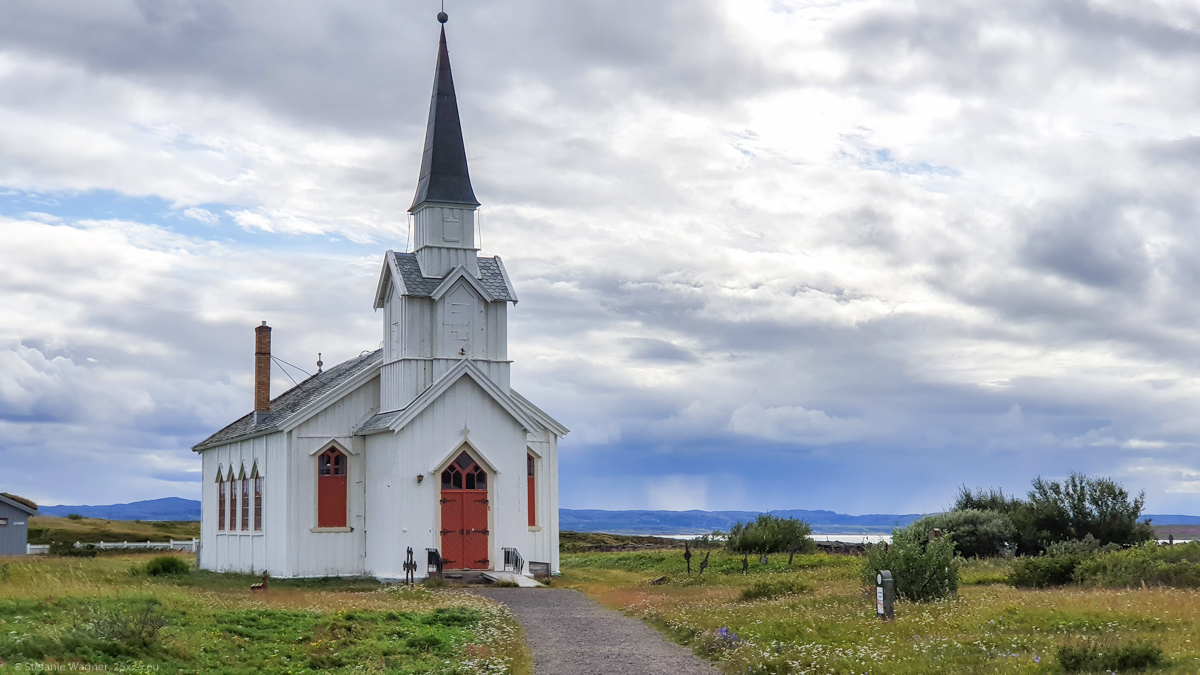Visiting R 162 29
This post is part of a bigger trip I made through Scandinavia with focus on Norway.
Culture time
While I wasn’t very successful in getting to know more about the Sámi culture in Inari the Varanger Sámi Museum offered a second chance. It is rather small and I was almost alone in there. So, I had a lot of time for myself to go through everything that was presented.
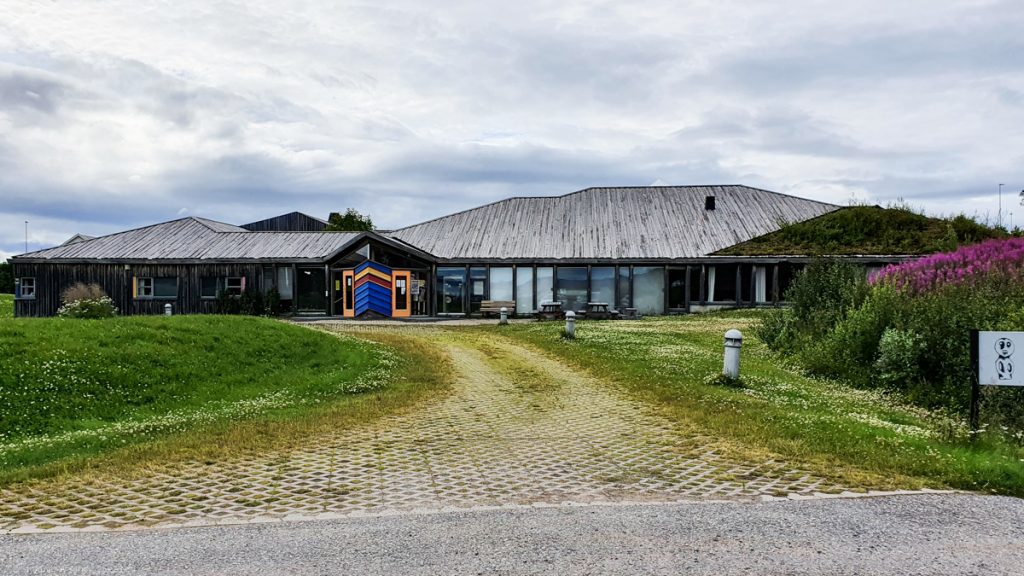
In addition to exhibits there were many information screens. E.g., I learned about the movement of people into the region once the ice melted. They were arriving from the south going up the western coast as well as arriving from the east. It also described how in the process of Christianization the missionaries destroyed a lot of the sacred places and items, e.g., the shaman drums.
I saw dried fish heads for the first time. The season when the fish gets dried outside was already over, so I wouldn’t see that on my journey (but I would see samples of stockfish later on). I have never seen fish like that and it really took me some time to process what I am seeing there.
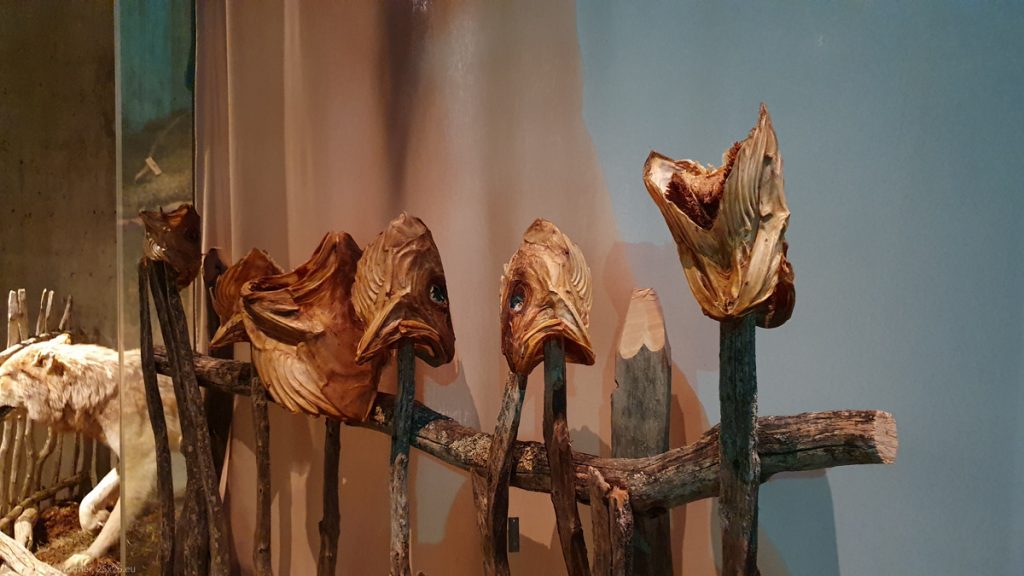
The museum gave a lot of background information around the reindeer herding. The structure of the herds has changed over time due to the way the herding was done. Wild herds tend to have an equal distribution of males and females. The Varanger herd before 1950 had more and older reindeer bulls (status, more meat, avoid inbreeding). After 1950 the herd grew and the ration of reindeer bulls was reduced as they are more difficult to handle and the whole process had to be made more efficient.
Also I learned that the ears of the reindeers are marked with specific cuts that show the owner of the animal. Apparently people dealing with reindeer herding are very good in spotting those marks even across long distances.
Waffle time
Norway is a waffle country. I love it! I found out that waffles are offered in a lot of museums. Which means I have the obligation to try them all out 😉. A traditional topping for waffles in Norway is sour cream with marmalade. And this one here was really delicious. The dough is made from the person covering the counter. Therefore, I cannot guarantee the quality will be always the same.
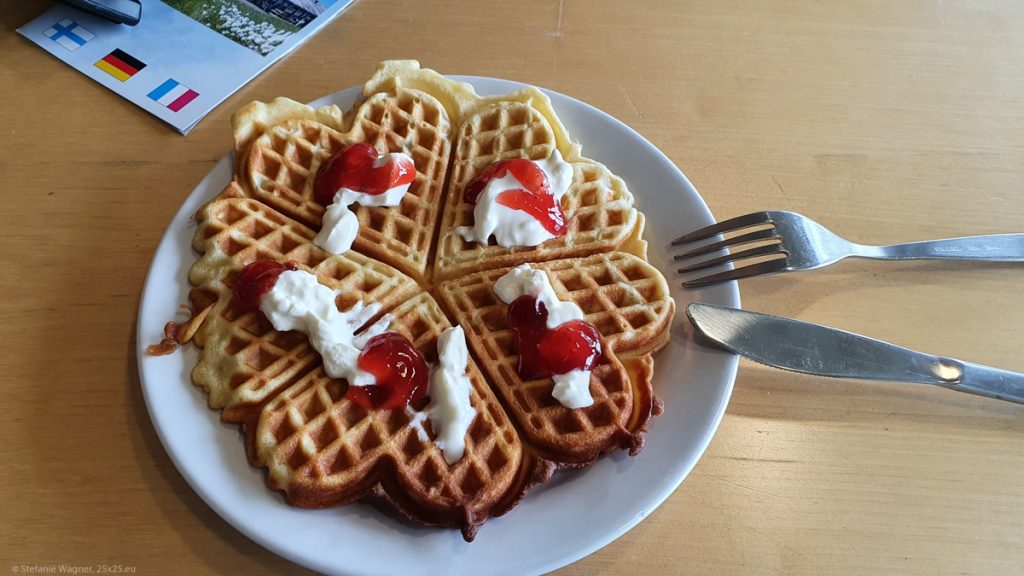
Church time
As I got to know in Kirkenes the Germans burned down the whole area when retreating at the end of WWII. Nesseby church is one of the few exceptions. It looks a little lonely the way it is situated.
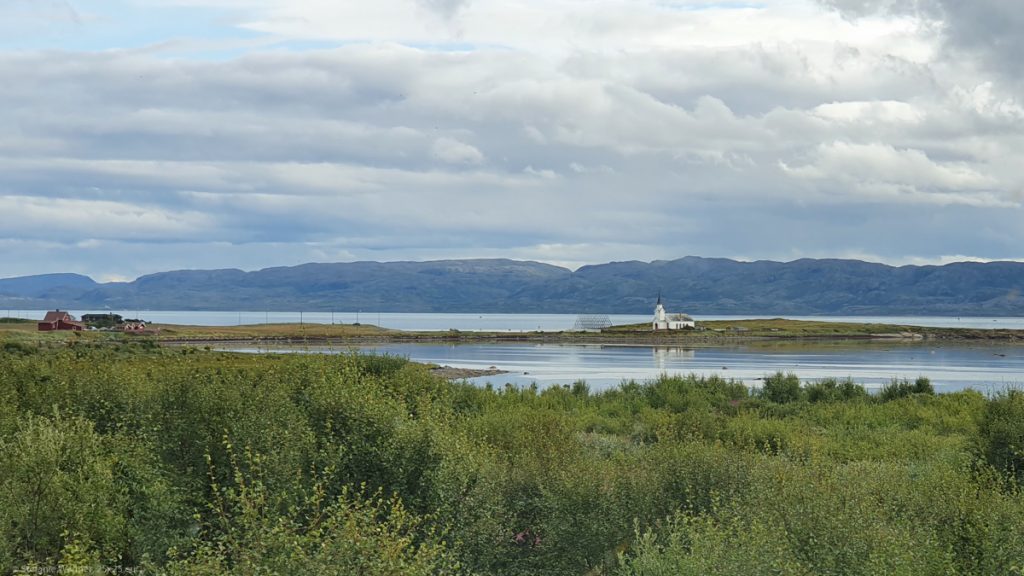
The church was built in 1858 using also wood from the previous church that had become to small. This is the wonderful characteristic of wood as building material. It can be a lot easier reused than “modern” material.
According to Wikipedia the Germans did not simply skip the church. They wanted to destroy it but its priest was able to send them off.
I couldn’t take a look inside as it was closed. It would have been nice to see the altarpiece that was already present in the previous church and dates from around 1720.
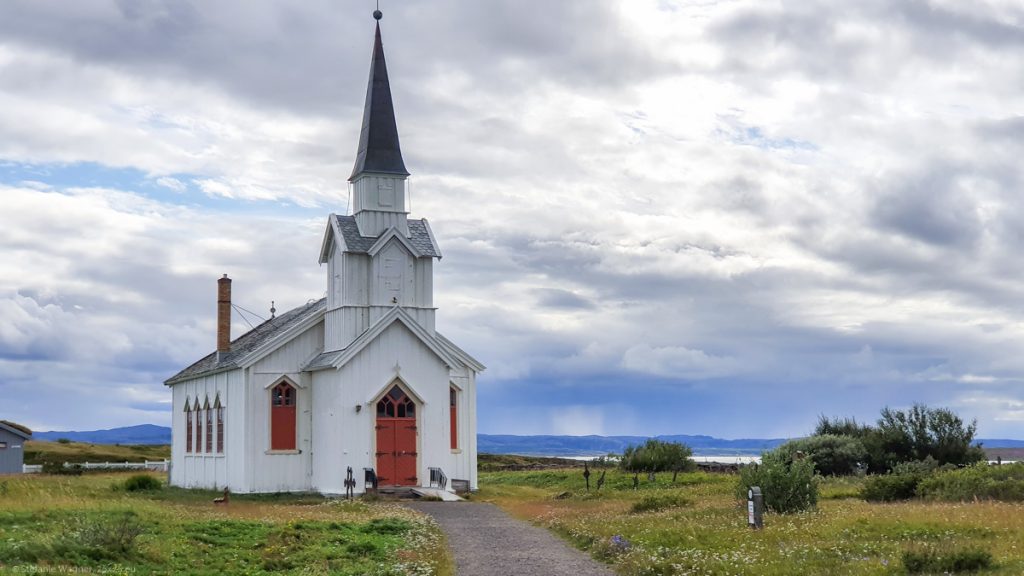
Next to the church are some really old metal crosses from around 1880. Rusty, sunk into the ground, and lopsided they seem to fade away.
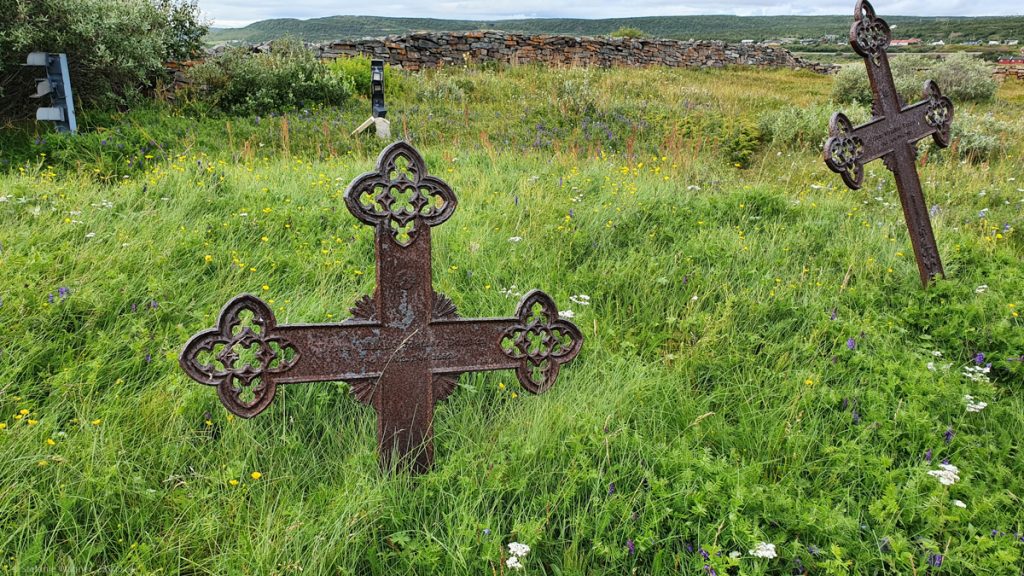
Bird time
Behind the church is another small protected area on the peninsula where birds like to stay. I was outside of the typical bird season but why not giving it a try.
Unfortunately, I have no knowledge about birds. So, most of the time I don’t know what I am looking at. An information board next to the church helped me out a little bit. But still some guessing work.
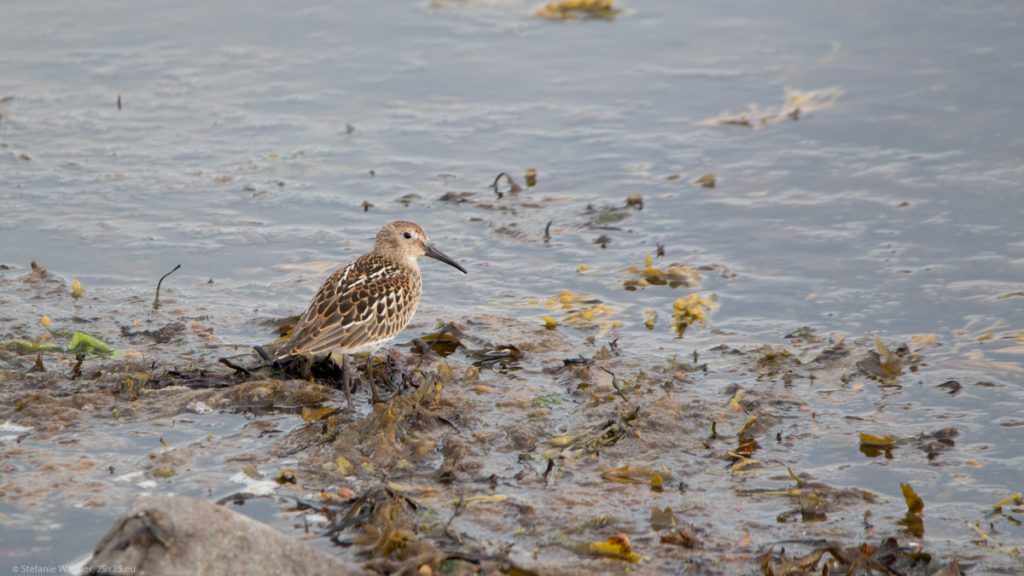
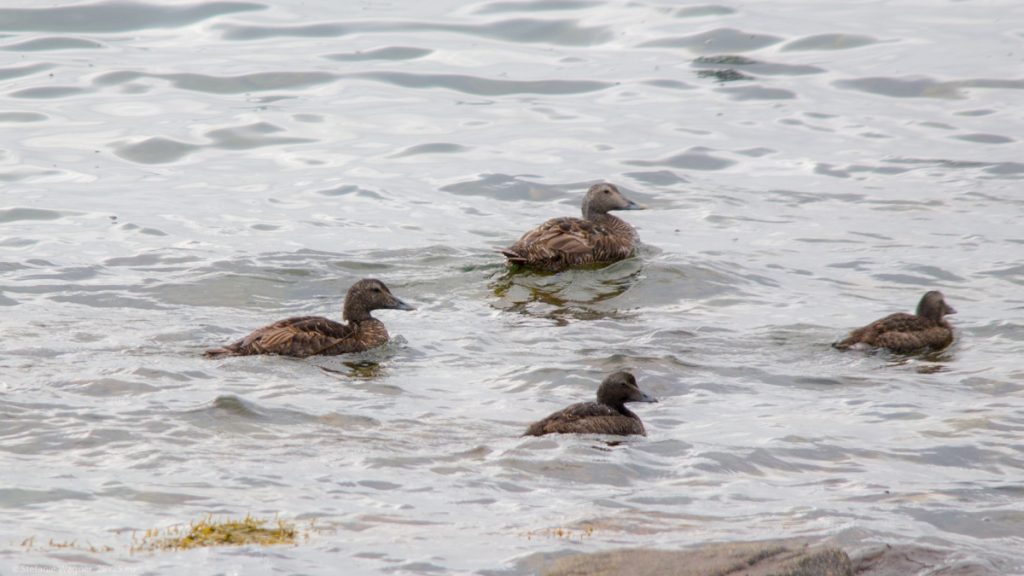
In the area you could find a lot of leftovers from the birds. Especially the berries they like to eat. Some delicacy seem to be also sea urchins as their shells were all of the place.
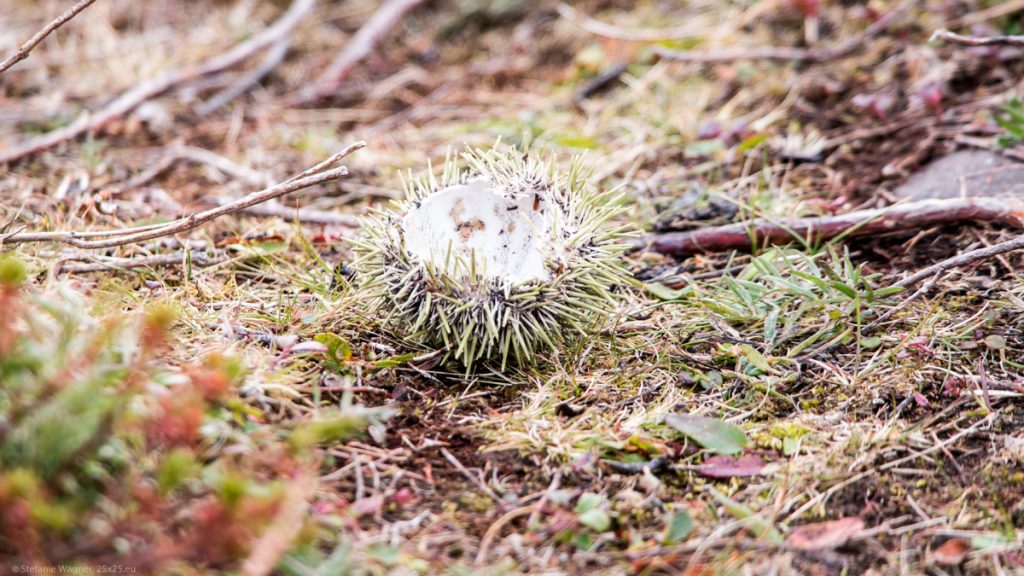
Some travel tips (from 2021)
- The museum has two locations. One part is the museum in Varangerbotn (described here), the other part is outdoor at the Mortensnes Cultural Heritage Site. You can visit them independently but it might help to start with all information given in the indoor museum.
- There is a parking lot right next to the museum.
- Information in the museum is presented in multiple languages, including German.
- There is a parking lot right next to Nesseby church.
- If you like to do bird watching don’t forget your binoculars and have a telephoto with you. And if you are really serious pick the right time.

